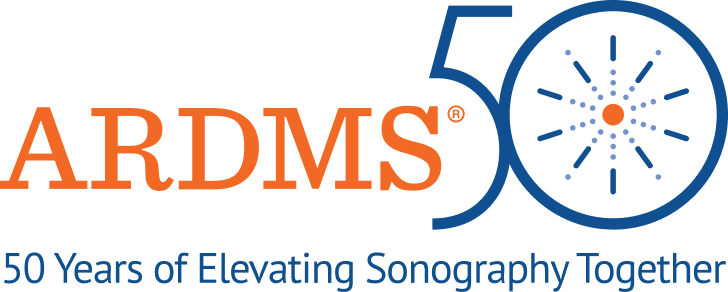By: Amy Talley
There are many variations of the “A” in AI – artificial, assistive, augmenting, anticipatory, and autonomous. While seemingly different on the surface, they have one significant commonality. They all belong to one of the most disruptive technology categories – machines with smarts. AI combines Machine Learning, Deep Learning, Natural Language Processing (NLP), Image Recognition, Big Data Processing, and Analytics.
AI already impacts how we live, work and play. Siri creates a shopping list and plays our music with a simple ask. Your social media channels offer you a very specific coupon to entice you at just the right time. Governments monitor traffic patterns and identify potential threats. Even airlines map flight paths to decrease fuel consumption. While already ubiquitous in our everyday lives, AI is having a profound impact on healthcare – specifically on how we’re teaching sonography.
Consider this – in February, the FDA announced that it has authorized the first cardiac ultrasound software that uses AI to be available for U.S. healthcare providers soon. Caption Guidance “uses artificial intelligence to provide real-time guidance and diagnostic quality assessment of images, empowering healthcare providers, even those without prior ultrasound experience, with the ability to capture diagnostic quality images.” This is a game-changer for how we train in healthcare.
AI can deliver a more natural simulation experience when compared to those using traditional computer-driven algorithms. Not only is an AI system’s response derived in real-time and calibrated from an extensive list of options and scenarios, but it culls all trainee responses to add to its bank and “learn” over time. The more ultrasound students and practitioners use a system, the smarter it gets because responses can be fine-tuned to continually challenge trainees.
AI won’t replace sonographers, but it will certainly be disruptive. Fortunately, imaging professionals are in a unique position to help drive the technology’s advancements as it requires skilled sonographers to facilitate the right decision and assessment paths. Because of this, AI will be valuable as a teaching tool, as well as for testing and validation. The bottom line: it won’t replace clinical expertise but will be a clinical support tool.
As you can imagine, AI’s applications are limitless. ARDMS’ Conceptual Research & Design (CRED) department is constantly researching and tracking the latest reports, articles, and perspectives from visionaries and stakeholders to gauge where this sector is heading. We recognize that like other industries, ours too is shaped by innovation – and AI is poised to have a great impact on our community and bettering patient care.
About the Author
Ms. Talley is the Owner of Jefferson Communications and a regular contributor to ARDMS.
The content, information, opinions, and viewpoints expressed in this article are those of the author. ARDMS makes no warranty, expressed or implied, as to the completeness or accuracy of the content contained in this article and ARDMS shall not be responsible for any errors, omissions, or inaccuracies in these materials, whether arising through negligence, oversight, or otherwise. ARDMS cannot be held responsible for your use of the information contained in this article.

